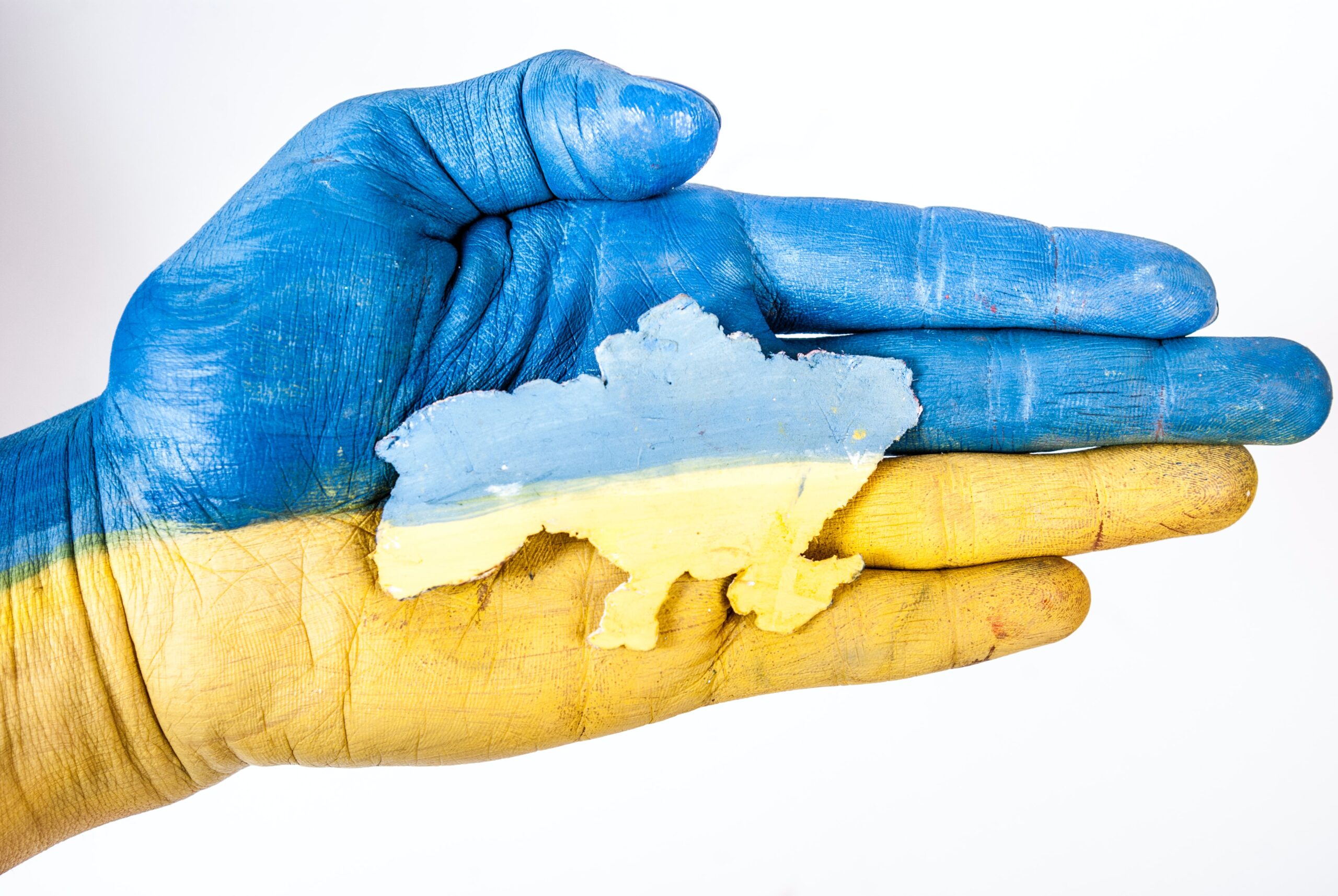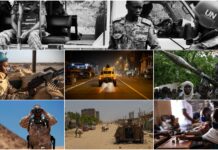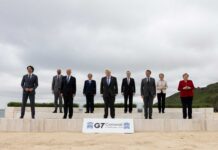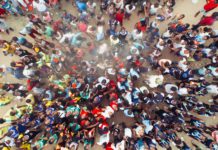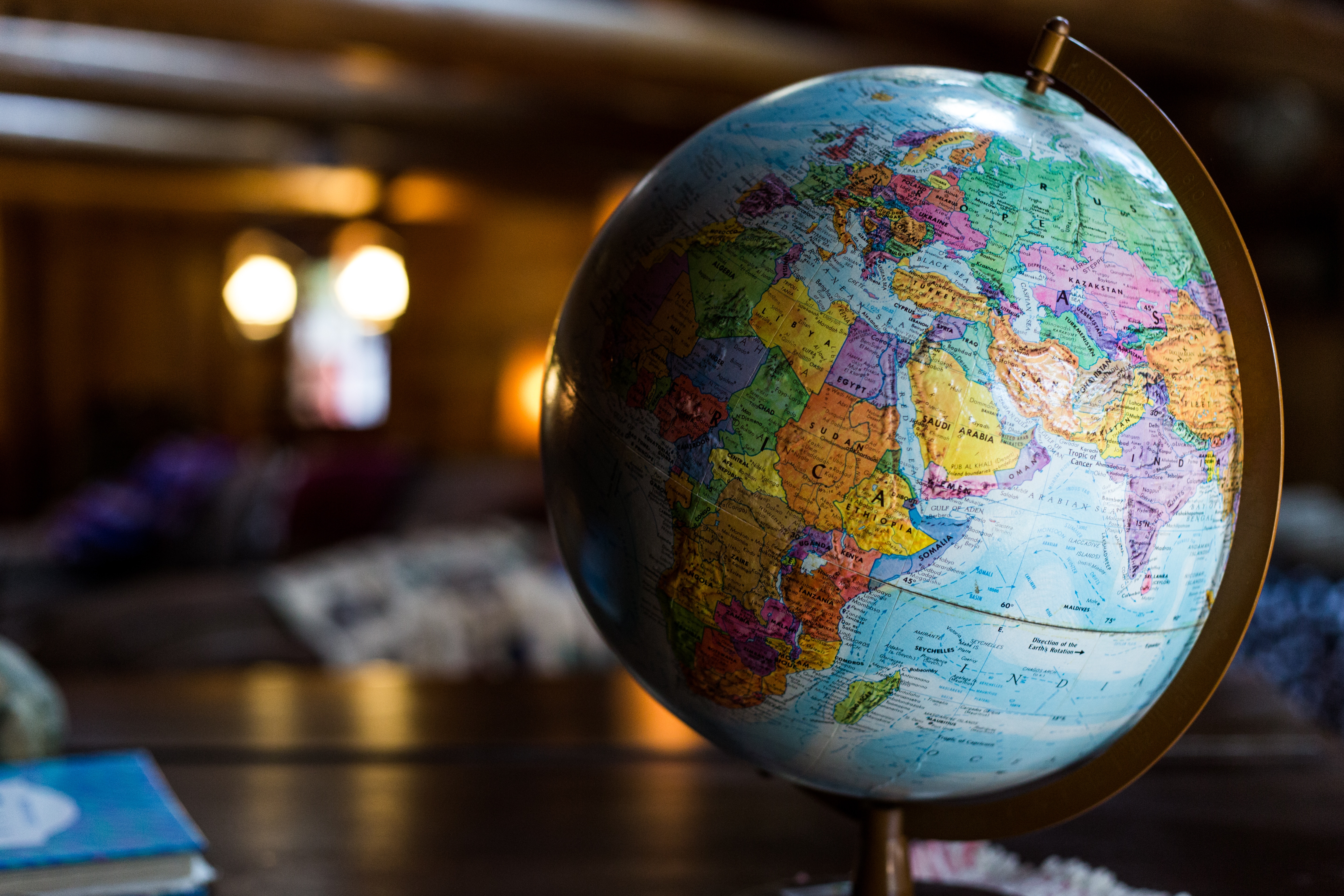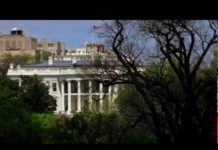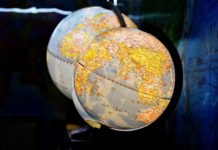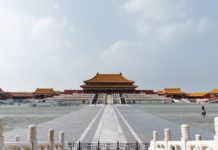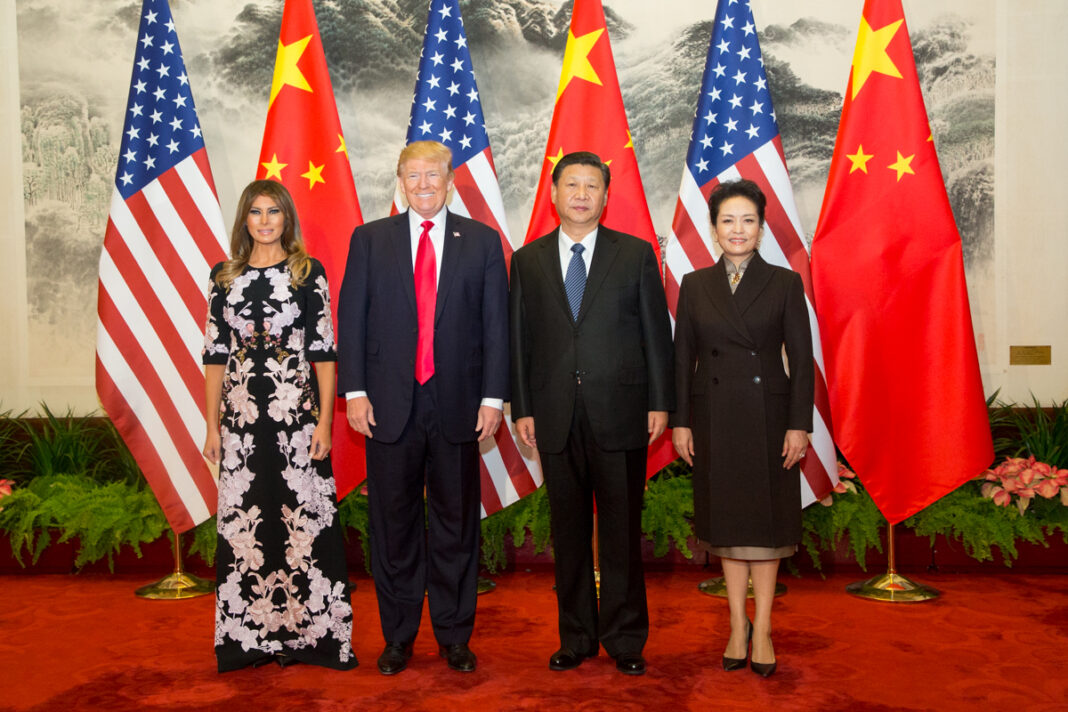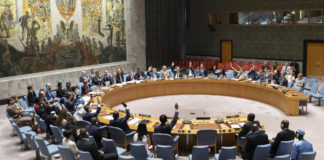Every major crisis has had consequences for the global distribution of power, and the unfolding drama of the COVID-19 pandemic is no exception. The virus has killed hundreds of thousands of people, collapsed health systems, grounded economies and precipitated what’s likely to be the worst recession in a century. It has exacerbated great power tensions and accelerated the transfer of power from West to East after decades of American hegemony.
The new upcoming order will present old and fresh features. The state will be once again the main actor in an international order characterised by multipolarity within a US-China bipolar frame. National borders will harden and international competition will be fought along data, technology, and innovation lines.
The State, the US and China
The first post-pandemic reality will be the return of the state as the main international actor. The United Nations (UN), including the Security Council and subsidiary agencies such as the World Health Organisation (WHO), will be overshadowed by the actions of states or be caught in inter-state accusations and political cross-fire. Bilateral, G7 and G20 diplomacy will compete with, if not replace in some areas, global action and multilateral diplomacy.
Moreover, national borders will harden, including within the European Union, where the freedom of movement was largely suspended during the worst of the outbreak. Admittedly, border controls will be relaxed once the situation improves, but some governments are likely to preserve some of their regained sovereignty in the interests of domestic security and national resilience and identity.
To be sure, inter-state cooperation will continue to exist in some areas, but in the short to medium-term we will see a move towards more international zero-sum competition. This will result in governments adopting protective measures to defend more narrowly construed national interests.
Against this backdrop lies an open contest for world power between the US and China, which COVID-19 has reignited (here cause and effect are difficult to disentangle). In the case of China, despite global criticism with their initial handling of the outbreak, the current crisis will embolden the country’s leadership, reaffirming the belief that their time to lead global change has finally come.
In the US, a recession coupled with large unemployment will deepen the country’s crisis of identity and continue to redirect their effort towards domestic issues. Increasingly, the US will be less willing and capable to lead internationally in a way that attracts followers and deters revisionists, paving the way for China to fill the vacuum.
Multipolarity within a US-China Bipolar Frame
The post-COVID international order will present two layers of polarity: an upper bipolar frame made of the US and China, and a lower multipolar layer made of mid-sized and regional powers including Russia, the UK, the EU, Japan and India. As US-China decoupling continues, second-layer powers will flexibly gravitate towards either side depending on what is on offer, whether in relation to business, trade, technology, climate or counter-terrorism.
However, China is unlikely to supplant the US as the world’s hegemon. It may have surpassed it in GDP terms (calculated on a Purchasing Power Parity basis), but it has an ageing population and much lower wealth per capita. It also suffers from destabilising peripheric nationalism and its annual military budget is still one third of that of the US.
China is also surrounded by other mid-size and regional powers including Russia to the North, India to the West and Japan to the East. In contrast, the US only has two immediate neighbours – Mexico and Canada – who pose no existential threat to its regional supremacy. It is also shielded by two huge oceans.
Even if technological advancements in China somewhat help it narrow this asymmetry, the politics of geography will continue to play a very important role in their respective world trajectories. What this means is that, at most China will become a regional hegemon capable of some sizeable global projection, displacing the US in certain parts of Asia and elsewhere, but not replacing it as the world’s hegemon.
As for Russia, it may suffer from declining demographics and an ailing economy, but as long as it continues to make a smart use of technology and information, coupled with a sharp foreign policy, it will remain an important player for the next decade. Depending on the context, it will choose to act as a destabiliser of sorts or as a power broker.
Further, just as the international order is moving towards more fragmentation, so is Europe. The UK’s exit of the European Union (EU) has dealt a big blow to Europe’s integration project and the core is also starting to frail. If the Franco-German axis fails to deliver internal solutions – as seen by a slow move to consensus on economic action during this pandemic – it is hard to envision a united foreign policy capable of projecting power externally.
What’s next: containment and competition
Over the next years, irrespective of who wins the November 2020 election, the US will likely deploy a twin foreign policy aimed both at containing and competing with China. This superpower contest will have multiple dimensions – political, military, ideological, societal, economic – but it will be primarily fought along economic, data, technology and innovation lines.
US containment measures may include economic sanctions, trade pressure including higher trade tariffs, and increased protectionist measures for American and allied countries’ companies. Additionally, it (and others) will likely seek to restructure global supply chains, possibly forcing companies in critical sectors to relocate their operations closer to home.
To compete with China, the US will likely accelerate investment in data and technological innovation, in particular in the areas of Artificial Intelligence (AI) and hypersonic military equipment. It could also try to implement a credible alternative to China’s Belt and Road Initiative (BRI), although domestic woes and declining hard and soft power will put a limit to what it can do in the short term.
Third countries will often be caught in the middle, as will companies operating across borders. This will force nation states and trading blocks to take sides or, at the very least, adapt their own trade policies and corporate strategies to the new changing landscape. Technical organisations such as the WTO or WHO will increasingly become political, slowing and at times reversing progress in critical areas.


